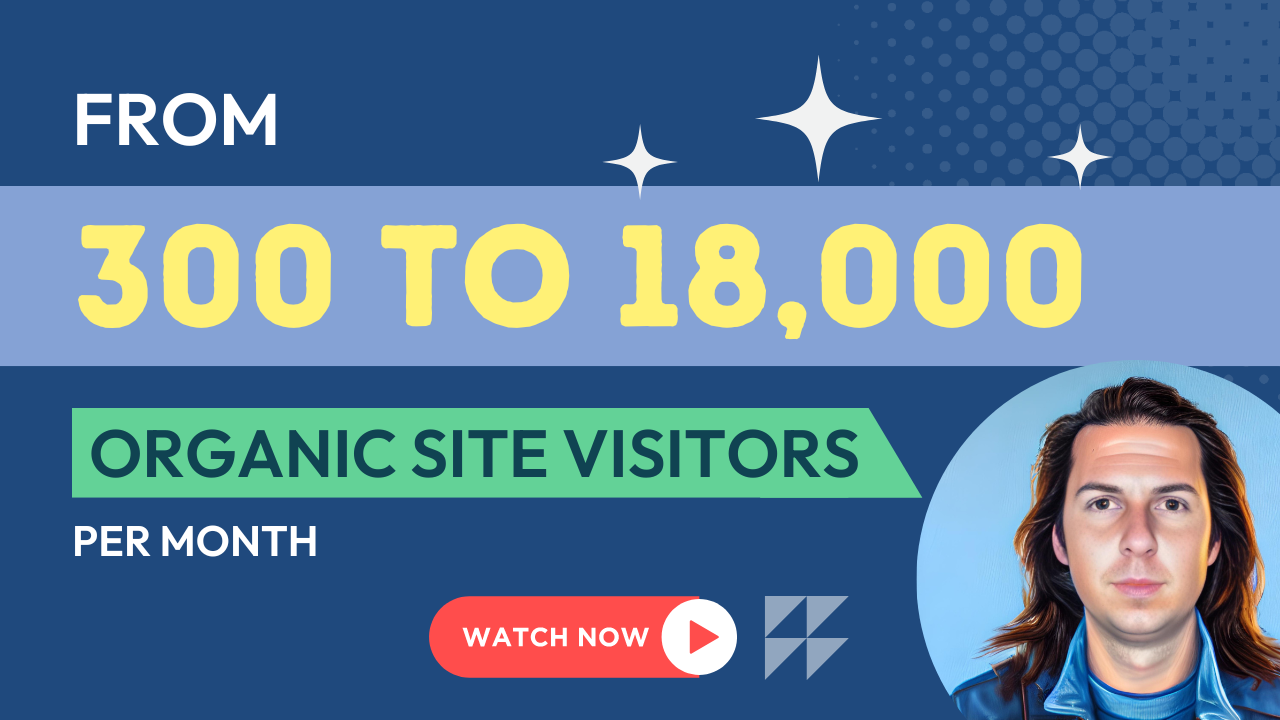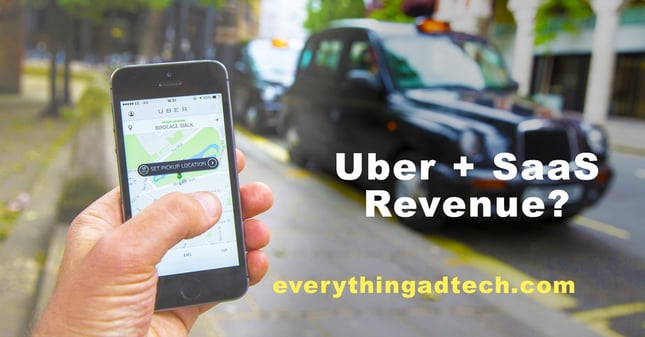
Could the Uber pricing model add subscription revenue to their balance sheet? It’s not as crazy as you may think. Here’s one idea they may consider.
It started with the on-demand black car. Luxurious, right? Push a button, and a car appears. Then regular cabs were using Uber. Then Uber X came out and...now you may even know somebody driving for the service. UberEATS is being tested, where you can get lunch from a nice restaurant in under 30 minutes. (Did you know the food is pre-made?) UberRUSH is in New York, San Fransisco and Chicago, is local delivery for small business. And who could argue with these business line extensions. Keep your existing driver base moving with people or product in tow.
But there's a sleeping giant within Uber's pricing model in a subscription revenue service. Uber can monetize their existing human customer base in a more stable, predictable way, grab a larger share of wallet, and become an even more indispensable part of everyday life. What are we talking about? Let's get into it.
Introducing Uber COMMUTER.
$249 / month for up to 2 rides per weekday. 25% off on rides on the weekend or after your two ride limit. 50% off surge pricing.
100,000 subscribers x $249 / mo x 12 months = $298,800,000 in new revenue / year. At just 100,000 subscribers (they have an estimated 8 million users now) and assuming they currently do an estimated 2 billion in annual revenue, you'd be looking at a 15% jump. That's not chump change.
But who's subscribing to this extension on the Uber pricing model? Let's deep dive into a use-case persona of the Chicago resident who works in the loop.
Chicago has a pretty solid bus and train system. A monthly CTA pass costs about $100. But if you don't live in a building with a doorman, having packages delivered to your residence during the day can be an anxiety-inducing situation.
Not to mention that it’s cold here sometimes.
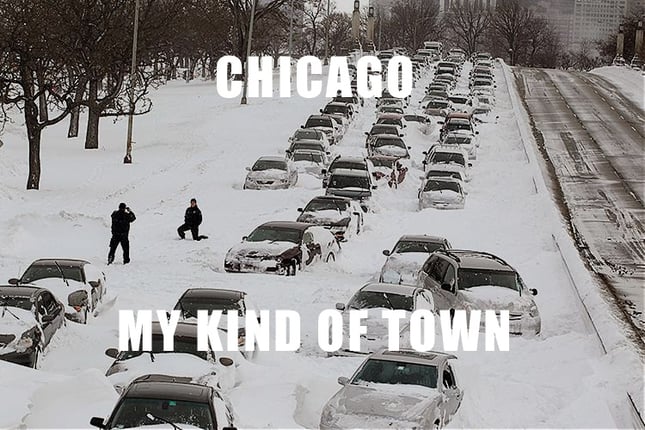
So you opt to have your package shipped to work. But you still have to carry it home. This isn't optimal for anything larger than what can be put into your work bag. If you had Uber Commuter, you'd be assured that you would at least be able to put your packages in the trunk of a car for your ride home. Sure you’re paying over twice as much for transportation, but you also sort of have a car without the full cost of gas, monthly payment, etc.
Now you don’t have to wait for the bus.
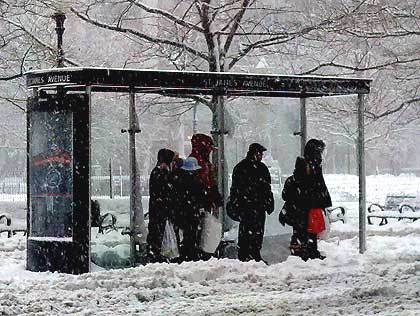
or ride the bus.
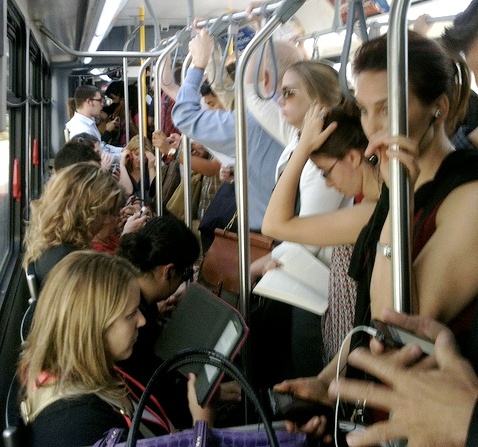
Why would this new Uber pricing model be so great?
Capture larger share of wallet. Daily travel is generally a fixed expense. But waiting for transportation sucks. It does. It really sucks. And it costs $100 / month. But what can also suck is owning/leasing a car, paying for gas, insurance and parking. That's going to run you $400-$600 / month.
At $249/month Uber pricing model can own the middle market, a market that should continue to grow as millennials continue to shun car ownership.
How much do you spend a month on Uber? Here's a look at what I've spent YTD:
| Trips | Avg Trip Cost | Total Monthly Spend | |
| Jan | 10 | $7.31 | $73.09 |
| Feb | 10 | $11.68 | $116.82 |
| Mar | 11 | $11.40 | $125.38 |
| Apr | 7 | $10.48 | $73.39 |
| May | 10 | $16.69 | $166.92 |
| Jun | 12 | $12.64 | $151.66 |
| Jul | 12 | $8.66 | $103.93 |
| Aug | 17 | $13.18 | $224.02 |
| Sep | 8 | $10.58 | $84.66 |
| Oct | 7 | $15.10 | $105.67 |
| Total: | $1,225.54 |
Average trip cost: $11.77
Average monthly spend: $122.55
If this new Uber pricing model came out and upsold me on Uber Commuter, They'd roughly double the monthly revenue they made off of me. Meanwhile, I'd give up my CTA subscription, and essentially acquire the benefits of having a car for a net cost of $150/month.
Adding subscription revenue to the Uber pricing model can would be a game changer. Uber debuted as a luxury service. Their expansion to UberX drove prices lower and supply higher. It was no longer that big of a deal to take an Uber to places you "had to go". The two-trips-a-day limit would ensure customer’s expectations but also allows them to continue to lock in incremental revenue from a core customer base.

